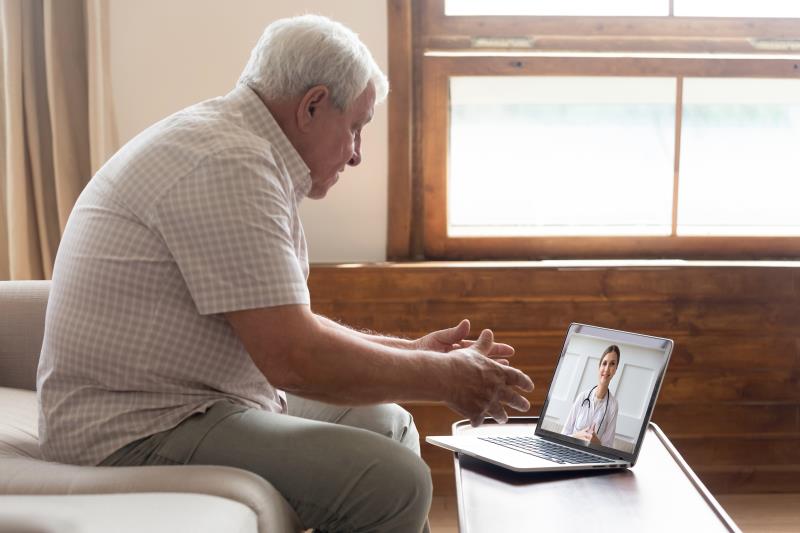A guide for remote primary care consultations to identify COVID-19





The emergence of COVID-19 has necessitated the use of telemedicine to encourage social distancing and prevent viral transmission. Researchers from Singapore and the UK produced a guide to help primary care providers conduct remote consultations for COVID-19.
“We can expect to see an increasing shift from in-person consultation to telemedicine in the future. It is therefore important for clinicians to have clarity on good practice and our guideline addresses the urgent need by providing a broad orientation to a COVID-19 consultation, including safety net advice for patients,” said guideline co-author Associate Professor Josip Car from the Nanyang Technological University, Singapore.
“COVID-19 has dramatically altered the risk-benefit balance in video vs face-to-face consultations. Our work offers evidence-based advice from an international team which we hope can provide some clarity for those in the primary care service,” added Professor Trisha Greenhalgh from the University of Oxford, Oxford, UK.
Telephone/video as diagnostic tools
Mild or uncomplicated COVID-19 symptoms can be managed via telephone. Individuals with hearing difficulties, comorbidities, more serious illness, or whose social situations influence their condition may prefer video conversations. [BMJ 2020;368:m1182]
Before initiating the video, check the patient’s medical record for risk factors for poor COVID-19 outcomes. These include frailty, comorbidities such as cardiovascular disease (CVD), diabetes, chronic kidney or liver disease, asthma, or chronic obstructive pulmonary disease, pregnancy, medications such as chemotherapy or steroids, and smoking status.
Upon connection, ensure the patient can see and hear you clearly. Confirm the patient’s identity and location. Identify the reasons for the consultation and assess illness severity. Take a detailed patient history, note the date of the initial symptom, and enquire on COVID-19 contacts. Check if the patient experienced fever (eg, current temperature, duration of fever, and highest reading). Respiratory symptoms should be examined thoroughly as shortness of breath or breathing difficulties could indicate increased severity. Patients with asthma should be asked on the frequency (and increase) in reliever use.
Red flag symptoms
The following are red flag symptoms that warrant in-person assessment (or video assessment via a good quality link).
· severe breathlessness/difficulty breathing
· chest pain/pressure
· blue lips/face
· suggestion of shock (eg, cold and clammy with mottled skin, new confusion, difficulty rousing, or significant reduction in urine output)
“A physical examination will be almost impossible by phone and difficult by video, so you will have to make compromises,” noted the authors which also included Professor Gerald Koh Choon Huat from the National University of Singapore. If the patient has devices (eg, thermometer, blood pressure/glucose monitors), assess correct use of the devices. Note down what you can and cannot see during the video consult and your confidence in the readings.
If the patient is on medication for chronic conditions, ensure the conditions – especially asthma and CVD – are well controlled and that medication supply is adequate. Assess for the likelihood of mental health issues.
Managing symptoms
Most community-based patients with COVID-19 can be managed remotely. Explain on adequate rest and fluid intake and symptom management, and the continuation (or discontinuation) of certain medications. “Adjust your advice depending on clinical features, comorbidities, and social support.”
If a patient has COVID-19 symptoms and requires medications, a non-contact should purchase these and leave them at their doorstep. The patient and their contacts should be advised on self-isolation duration. Patients should also be advised on seeking medical help in case of deterioration. Those living alone should have someone check in on them.
“Patients who are very unwell, and especially those with possible pneumonia, need to be urgently assessed either by video or in person, depending on the clinical circumstances.” A temperature >38°C, respiratory rate >20 breaths/minute, heart rate >100 beats/minute with new confusion, and low urine output warrant hospital admission.